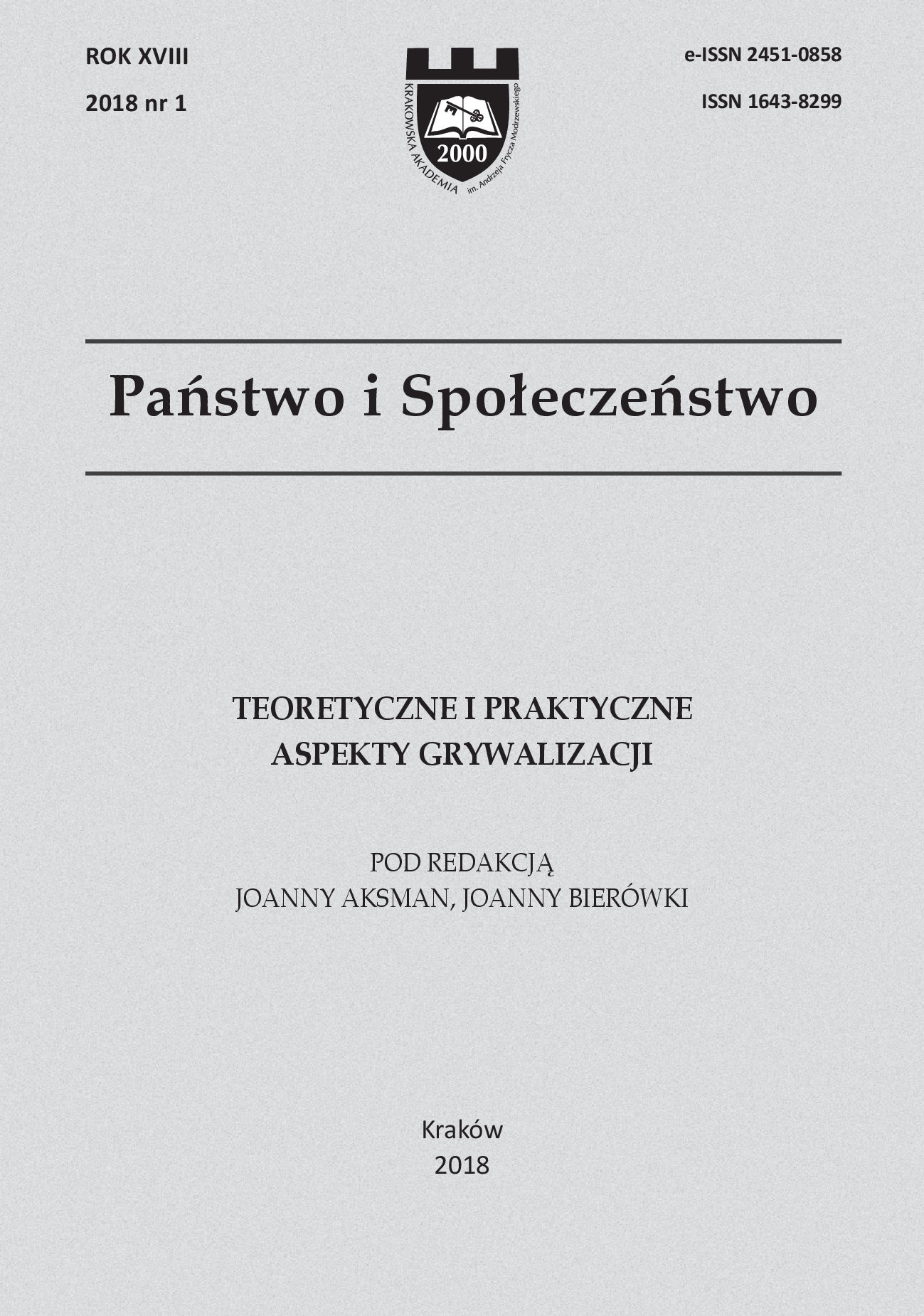Ingress jako przykład wykorzystania grywalizacji w turystyce. Studium przypadku dla Krzeszowic i Skały.
Ingress as an example of the use of gamification in tourism. A case study for the towns of Krzeszowice and Skała.
Author(s): Malgorzata Bajgier-Kowalska, Mariola Tracz, Radosław UliszakSubject(s): Media studies, Local History / Microhistory, Social Informatics, Tourism
Published by: Oficyna Wydawnicza AFM Uniwersytetu Andrzeja Frycza Modrzewskiego w Krakowie
Keywords: ;Ingress game;gamfication;monuments;virtual space;tourism;
Summary/Abstract: A touristic sector aims at finding new communication technologies and uses of gamer rivalry to provide more attractive tourist offers. Interactive games serve as one example of this. The game of Ingress is an interactive game played in real time in a virtual reality on mobile devices. The game board consists of a real map of the world, produced by Google Maps, with superimposed virtual objects (portals). These portals are a reflection of real places subjectively determined to be important by gamers. Game participants select sites whose main common feature is broadly defined attractiveness to potential gamers. The tourist/gamer creates an image of a virtual game map. Thus, they become active participants in the creation of a tourist offering. The gamer can influence the offering by interacting with other gamers via mobile devices. Ingress game boards were analyzed in the study for two small cities in the Voivodeship of Małopolskie – the towns of Krzeszowice and Skała. Sites submitted by gamers were tallied and classified, and later placed on the game’s virtual game board. In addition, the number of stationary historical sites was calculated using registry data from the National Heritage Institute based on entities submitted by gamers to the game board. The study evaluated the very use of the game as a tool designed to increase the tourist attractiveness of the examined cities. It has been shown that gamification becomes an element of tourism development. In the studied towns, the largest number of portals submitted to game of Ingress consisted of religious entities such as churches, chapels, figures of saints, sculptures, and monuments. Most gamers are young people whose activity on the Internet may help increase tourist activities in their closest vicinity or region.
Journal: Państwo i Społeczeństwo
- Issue Year: XVIII/2018
- Issue No: 1
- Page Range: 101-114
- Page Count: 14
- Language: Polish

